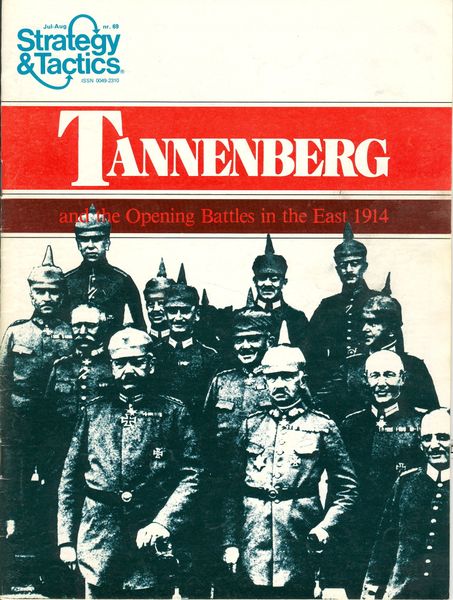Tannenberg and the Opening Battles in the East 1914 (1978) Board Game
Tannenberg and the Opening Battles in the East 1914 is a historical board game that simulates the events of World War I, specifically focusing on the Eastern Front battles of
Game Components of Tannenberg and the Opening Battles in the East 1914
How To Setup Tannenberg and the Opening Battles in the East 1914
Setup involves deploying Russian and German forces on the hex grid map according to the scenario rules. The 1978 version includes detailed deployment instructions, addressing some of the criticisms of the 1969 version regarding rule omissions. Players must carefully position their units to reflect the historical dispositions of the armies at the start of the Battle of Tannenberg.
Gameplay Mechanics and Game Objective
Player Experience
**Tannenberg and the Opening Battles in the East 1914** offers a challenging and strategic gameplay experience. Players must navigate the complexities of early World War I warfare, including the coordination of large armies and the use of rail networks for troop movements. The game requires careful planning and execution, making it appealing to those who enjoy deep, historically accurate wargames.
Pros
Cons
Personal Thoughts on Tannenberg and the Opening Battles in the East 1914
This game is ideal for experienced wargamers and history enthusiasts who appreciate detailed, historically accurate simulations of military conflicts. It is particularly suited for those interested in the Eastern Front of World War I and the strategic challenges faced by the German and Russian armies during this period. However, due to its complexity and the need for careful rule mastery, it may not be the best introduction for new players to the world of wargaming.
We are supported by our audience. When you purchase through links on our site, we may earn an affiliate commission, at no extra cost for you. Learn more.

